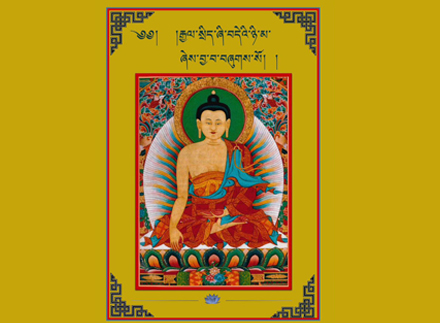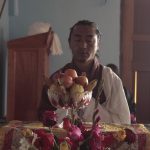The vision of Jangsa is to establish, maintain and advocate the Buddhist practice of Tshethar in keeping with the highest ethos of the Dharma kingdom of Bhutan.
Jangsa fully realizes that it is impractical to buy every animal headed for the slaughterhouse. This is beyond the means of even the richest man, king, association or institution in the world. However, Jangsa believes that it is indeed expedient and necessary to practice and advocate ‘Tsethar’ – the saving of animal lives in the Dharma kingdom of Bhutan, towards the fostering of much greater, vast and immeasurable ends.
This vast view of Tsethar is inscribed in the defining philosophy of Jangsa as Lama Kunzang Dorjee Rinpoche, the founder of Jangsa, instructs – “Animals are the means and Bodhicitta is the aim. Tsethar, as a skillful method of the Dharma, is the most meritorious act of creating a supreme Tendrel or karmic links between the saved animals, sponsors, volunteers, well-wishers, yak herder and even the butcher to the infallible refuge of Bodhicitta. The benefits of such auspicious connections are immeasurable to all concerned as it forms the causal conditions that results in the eventual liberation of each other, for the ultimate benefit of all sentient beings.”
Tsethar, as a skillful method, employs the universal and unifying love for animals felt by all that transcends race, culture, religion and all boundaries. As a spiritual practice, even the Buddha and innumerable enlightened saints from the ages have all expounded Tsethar as a supremely meritorious practice.
Ultimately, ‘Tsethar’ sows the auspicious seeds in our individual consciousness that blossoms into the collective environs of Bodhicitta in our sacred Dharma kingdom. Relatively, such meritorious practice establishes the causes to uplift our collective karma that wards off natural and other disasters in the whole kingdom.
Thus, Tsethar establishes the powerful conditions for an auspicious national culture in keeping with our hallowed ethos as a sacred Dharmic kingdom.



